Yes, I just think it needs a bit more refinement and they will have a real winner on their hands
Wonder how this will compare to the drop panda.
I would assume hard to compare. The only thing in common are that both headphones are planars. For value of features I’d go with the Panda. Just know tge Panda is going to be essentially a Razer headphone with Drop dragging potentially Razor people from trying to release another crap product.
Since I headphone daily for work, the external mic as a gaming/conference call setup has be really intrigued on the the Panda.
More detail than sundara and verum ones according to him 
You can now buy the Deva without the bluetooth module at 220$. Now the Sundara is a little better than the deva according my research, but if I were going to buy the Sundara I would have to buy an amp and dac for around 250$ and that would bring the price up to around 600$ for the Sundara. If I were going to buy the Deva I could use it with my BTR5. Is the Sundara worth the 3x in price over the Deva?
Here is my review -

You are probably familiar with Hifiman, as it is one of the largest manufacturers of orthodynamic (planar-magnetic) headphones. Whether it’s the budget-friendly Sundara, the mid-range Arya, or the flagship Shangri-La, you should have heard about Hifiman by this point.
Hifimans roots go all the way back to 2005, when Dr. Fang Bian opened Head-Direct (Hifiman before the name was changed to “Hifiman”). With over 15 years of existence, Hifiman had more than enough time to play around and see what works, and what doesn’t.
Hifiman managed to put out a great number of products. Some great, some not so much. This being said, let’s see what what they did with the Deva with all those years of experience -
The Deva is the first headphone from Hifiman that supports both Bluetooth and cable connection. The Ananda BT was bluetooth only, which could be unappealing to those who prefer cable connection. Having both Bluetooth and cable connection is the best of both worlds - it provides the freedom to those that prefer cable connection to easily switch to Bluetooth, and vice-versa. I myself find this to be much more convenient, especially because I am not a big Bluetooth fan - I mainly listen to music in my room, so I rarely have the need to go Bluetooth. It’s a nice feature to have, and I’m glad that Hifiman is bringing the flexibility of both Bluetooth and cable to their headphones, there is a lot of potential with this technology. One thing is for sure - this is a step in the right direction.
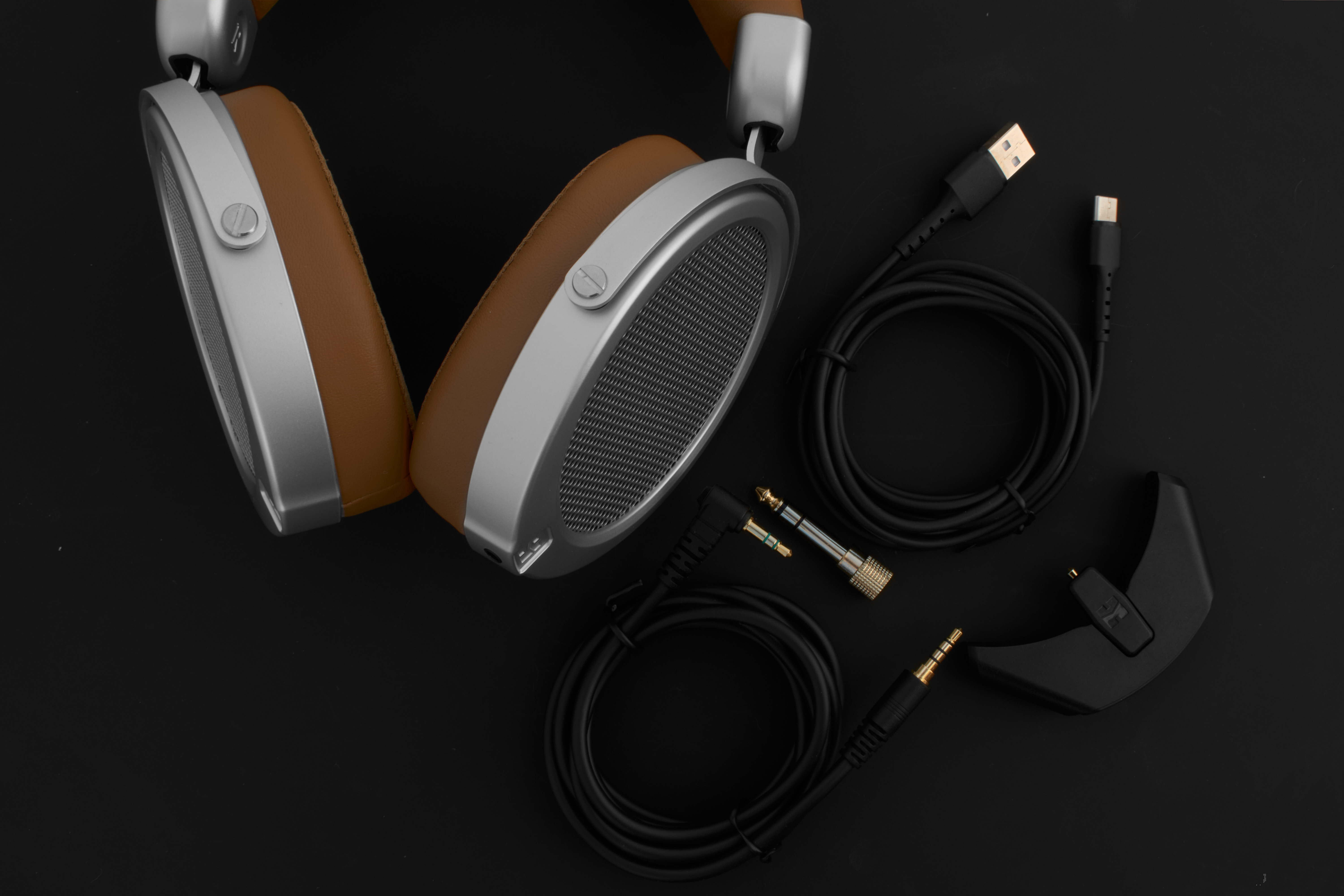
Unboxing experience
Hifiman is known for going out of their way to bring a great unboxing experience, just like they did with the huge leather box for their [COLOR=rgb(0, 0, 0)]RE-600s V2[/COLOR] earphones. However, they decided to keep it minimal with the Deva model. This time around there is no carrying case, just a simple box. This made sense to me, since usually a carrying case indicates that a product is intended for outdoor use, but you at least expect a pouch to protect the headphone from dust. All the contents are seated in the box. On the inside you will find the Deva pushed into a cloth-like material, while all the accessories are on the sides. You get all the necessary cables that you need, and there is also a 6.3 mm adapter.
In formal format, here is what you get:
1x Hifiman Deva
1x 3.5 mm cable (for analog connection)
1x 6.3 mm adapter1x Bluemini
1x USB-A to USB-C cable (with the Bluemini)
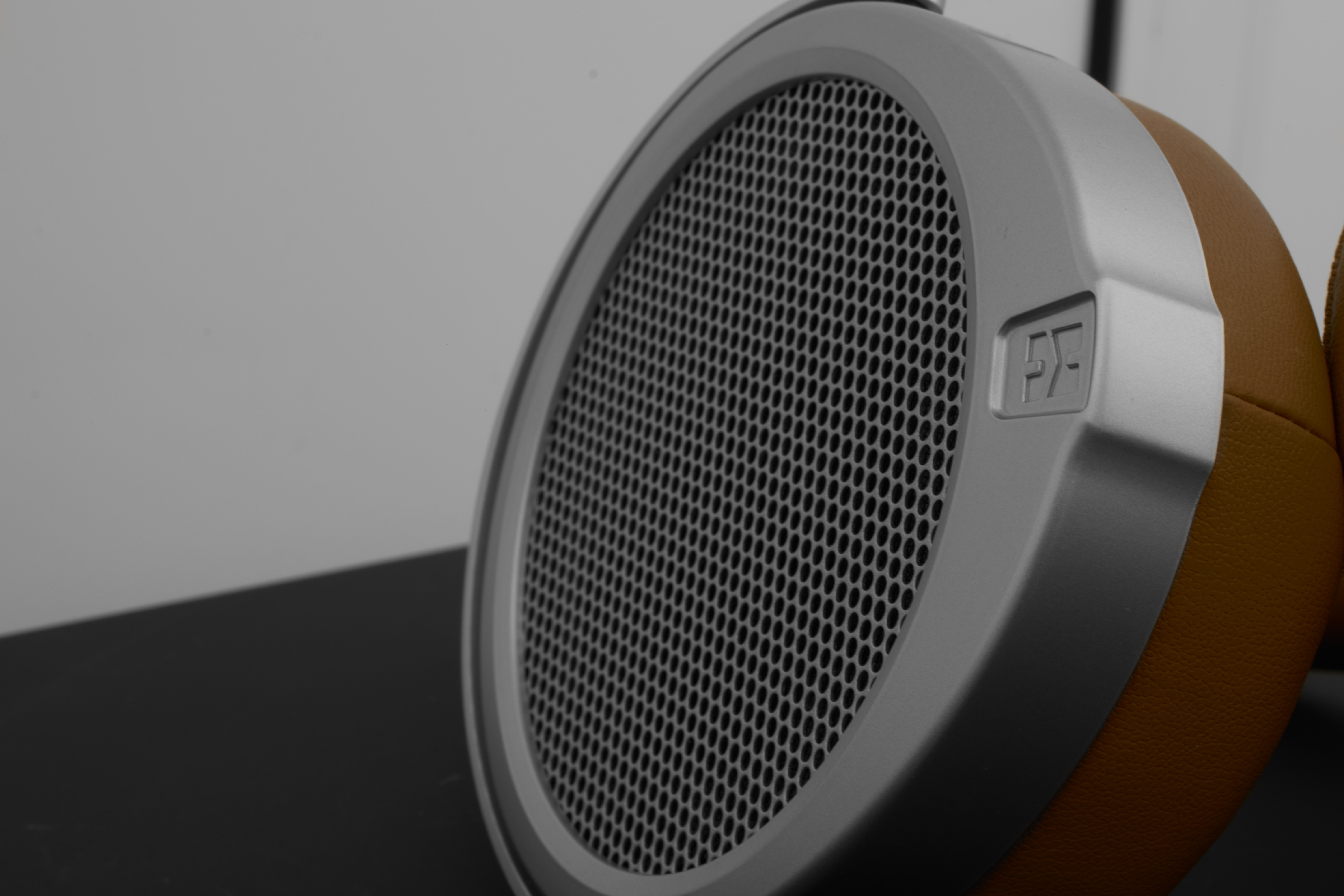
Build quality
Hifiman is infamous for its build quality, unless we are talking about their higher priced models like the Susvara, HE1000, or Shangri-La. QC (quality-control) has been a large issue for Hifiman in the past. However, it seems like they have been working hard on fixing it, and we hear much less about it nowadays.
While the Deva is a $220 headphone, it could definitely use some higher quality materials for the construction. The leather headband and ear-cups are superb, but the rest of the headphone is questionable - the parts that I hated the most are the plastic pieces on either end of the headband. Don’t get me wrong, the frame that holds the ear-cups is made out of metal, but the quality of these plastic pieces is so low that I was disappointed. I know Hifiman can do a better job, a small thing like this can largely impact on ones experience. Moving on, the grills are made of metal, but the ear-cups are made of plastic. I myself have nothing against plastic, especially when it’s high quality plastic like on the Sennheiser HD 598, but I simply cannot stand cheap plastic (mainly because of how it feels).
Sometimes you have to sacrifice the build quality for sound performance and the cost of manufacturing, but I really want to see Hifiman improve the build quality of their entry-level models. This being said, build quality remains the field for improvement for Hifiman.
Hifiman, I know you can do it!
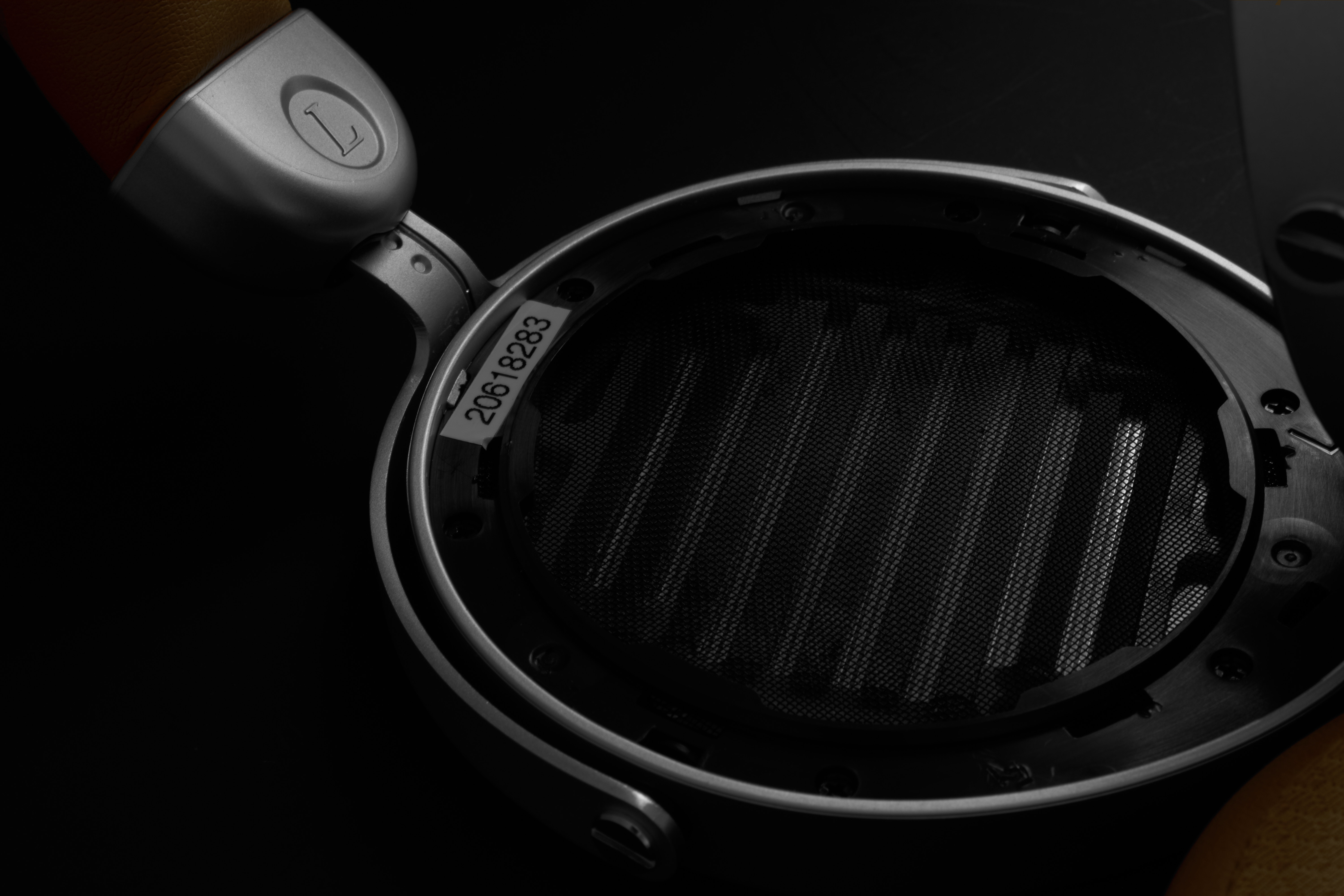

Design
While we are all used to Hifimans silver and black combo, they decided to step out of their comfort zone and try something different with the Deva. This time around we see a silver finish with tan leather accents. Unlike most of Hifiman’s lineup, the Deva went with a fairly simple construction. Instead of having headband frames with suspension systems, the headband is constructed from a single piece and is padded (very well!). The ear-cups can rotate vertically, but cannot rotate in the same way horizontally. They can pivot very slightly horizontally, and this is due to the ear cup frame being attached loosely to the headband construction. I personally prefer when things aren’t loose, I like smooth rotation, so it would be nice to see that in the next model. This isn’t a problem, it’s just a preference - I can easily adjust the Deva to my head.
You may notice that both the Deva and the 400i (2020 version) feature the same headband construction.
On the bottom side of the left ear-cup you can see a 3.5 mm TRRS socket. It is used both by the Bluemini and the stereo 3.5 mm cable. On the inner side of the headband there is labeling for left & right, this time in a nice and bold font. On either end of the headband there is a plastic piece - on the left it has “Hifiman” written, while on the right one there is “Deva”.
The ear-cups are removable, which means that you can get new ones if you want. They have the industry standard snap-on system. The ear-pads themselves have a fabric material facing you, while the rest of the ear-pad is made of leather.
Simple and minimalist - as headphone as it gets.
Comfort
I don’t have a large head. What a statement to start off, huh? On a serious note, I don’t experience headphones the same way other people do. I don’t get the opportunity to have ear-pads pressed against my head, most of the time they just sit on my ears/head. Due to the extreme light-weight nature of the Deva, I don’t even notice them being on my head (which is a good thing!). They comfortably sit around my ears, and at no point do they come in contact with my ears. The rotation freedom of the ear-cups helps to precisely adjust the fit to your head. The fabric on the ear-pads is very pleasant to the skin, and I can easily see myself using them for hours without any fatigue. Same goes for the headband, very soft due to the padding. Simple and comfortable.
Sound

Lows
There is no doubt that the Deva is capable of digging deep down. It is not just capable of producing sub-frequencies, but also delivering the punch. The only issue that I have come across is that when turned up loud enough (between 3 and 4 o’clock on EarMen TR-Amp) the Deva cannot hold up with the sub-frequencies. It starts to create clicking noises, and I wasn’t willing to take the risk to damage the drivers, so I just turned the volume down. This can also be something to do with the TR-Amp, but I cannot confirm whether it’s the Deva or the amp.
The bass is very much present, I would consider it more balanced than present. It doesn’t overpower the mix or squash any details, it remains well controlled at all times. This is interesting to say, because Deva is quite capable of rumbling when it comes to sub-frequencies - it is not far off from the bass response from the Sivga Phoenix.
The Deva kept up my standard “Why so Serious?” by Hans Zimmer. It rumbled and delivered a clear frequency (while you keep it at moderate levels)
“Smoking Mirrors” by Lee Curtiss was well represented - the bass had good punch and good weight, all while remaining the dynamic feeling of the track.
“Paper Trails” by Darkside remained clean, with the bass not getting in the way of other elements in the mix.
“Hydrogen” by M.O.O.N (M|O|O|N) shows how good the punch is. It was tight and clean.
The more aggressive “Had Some Drinks” by Two Feet is where you can hear both the punch and the rumble from sub-bass. I found that the Deva was able to deliver some serious rumble when I pushed TR-Amp to around 1 o’clock.
Similar to Hans Zimmer’s “Why so Serious?”, “Angel” by Massive Attack is where I listen to presence of the sub-bass. It’s a very dark track, and the sub-frequencies are consistent throughout the track, it’s one consistent “baseline” with a kick happening every now and then. Both the kick and the sub-frequencies are presented well. The kick has a good body to it, while the sub-bass has beyond enough presence.
Overall, I am happy with the bass performance from the Deva’s. You have to keep in mind that these are open-back headphones, and for an open-back headphone the Deva manages to hit some pretty deep notes. I can confidently say that they have above-average bass quantity, and at no point did I find the bass to get muddy or bad sounding - it remained clear with good definition.
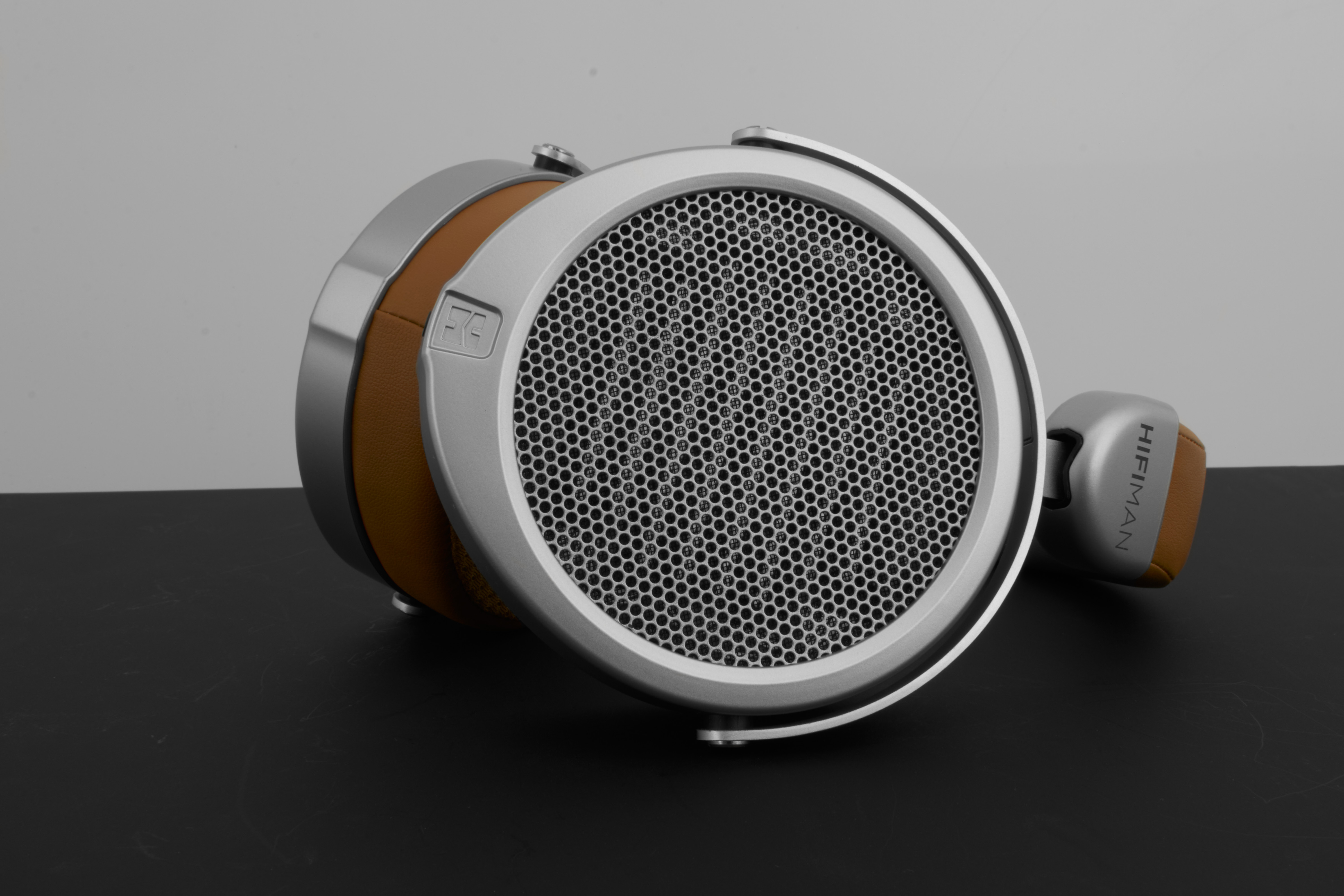
Mids
The mids remain sounding pretty natural in terms of tonality. I tend to have short listening sessions at louder volumes. This is mainly the case when I am using headphones, I love to completely feel the music for the short period of time that I am listening to it, of course it’s not advised to do this for longer periods of time (due to the risk of damaging your ears!). I mention this because at times the Deva can sound peaky (when “s” and “t” sounds a bit harsh and forward) - this is a problem you will most likely not face if you are listening to music at moderate levels. It’s mainly the upper mid-range where I found the Deva a bit warm. The lower mid-range was pretty much spot on due to the lower-range response.
I have to say that I particularly enjoyed listening to tracks where guitars are present. “Soldier of Fortune” by Deep Purple, “Stairway to Heaven” by Led Zeppelin, “Dogs” or “Shine On You Crazy Diamond” by Pink Floyd, they all sounded phenomenal. However I did find the higher frequencies to be laid back (more on this in the next section).
While the warmer sound signature is more suitable for fatigue-free listening, my personal preference is to have sparkle and a tad of brightness that creates sparkle.
In terms of sparkle, here are some tracks where I found the absence of it -
Jeff Buckley’s “Forget Her” at mark 3:16, where Jeff’s vocal should have edge to it
“Little Wing” by Stevie Ray Vaughan, at mark 3:18, where the guitar hits some higher frequencies
“Bohemian Rhapsody” by Queen, at mark 2:17, where Freddie Mercury’s voice should sound particularly gritty. It rather sounds flat, taking away the edge from the higher frequency of the vocal.
This can also take away the life from instruments such as violins, Jo A Ram’s cover of “Still Loving You” (originally by Scoripions).
All of this being said, I want to clearly state that it’s only the very top end of the higher frequencies that is rolled off. I would call it the section that is on the edge of bright and piercing, but if incorporated correctly, it will give a satisfying sparkle. This isn’t something easy to engineer, if not done correctly a headphone will sound too bright and unsatisfying, in worst cases fatiguing. The Deva plays it safe by leaning towards a warmer sound signature. This can be very appealing to some, especially those who are looking for a warmer sound signature. Also, if you listen to electronic music a lot, this might be something you would enjoy. At the end of the day I have to step outside of my personal preference and also consider that something I don’t enjoy much is exactly what somebody else will enjoy more.
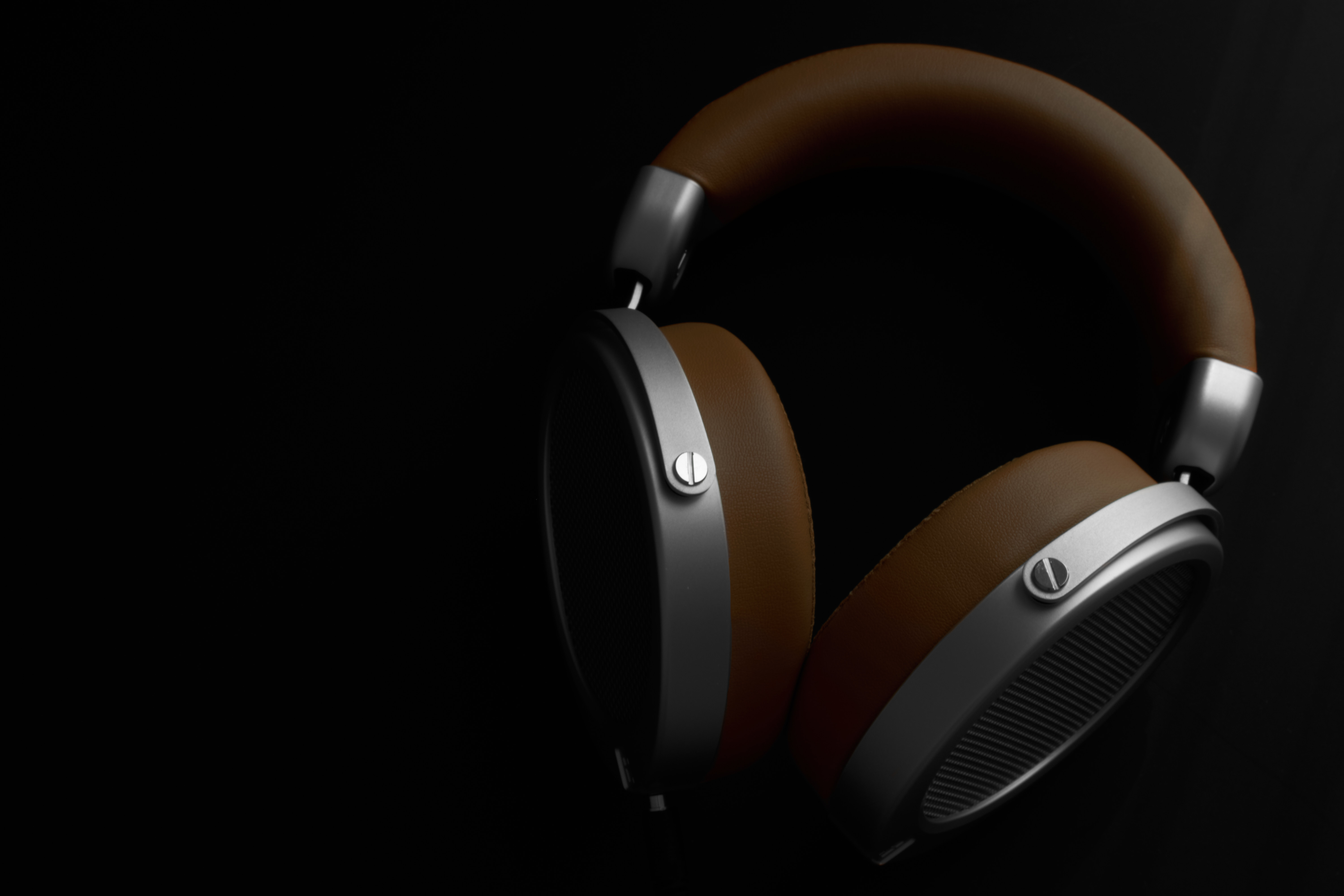
Highs
While I would consider the Deva to be on the detailed side of the spectrum, I found it lacking sparkle - an element which is crucial to me. The good thing about this is that they aren’t sibilant or piercing in the upper region. The trade-off is that it takes away the experience from some vocals or instruments like violin. I was pleasantly surprised that the Deva was managed to produce a very clear frequency of Stevie Wonder’s harmonica in “Stop Trying to Be God” by Travis Scott (somewhere around the 5 minute mark).
The song selection from above (“Mids” section) states how I feel about this, so I will not repeat myself.
Soundstage
Perhaps the dynamic and airy nature the two standout elements of the Deva. Not only is the sound signature open with a large soundstage, but separation is top-notch. One of the best examples is “Dogs” from Pink Floyd. It’s a fairly dynamic track, having several elements in different positions. However, the most special part (and my favorite too) is the drum that rolls around your head at mark ~3:48 onward. Each drum hit is placed in a different position, but the flow/direction is from left to right.
It’s hard to pinpoint single tracks, because Deva sounded open and airy in all songs that I listened too. It have each element in the mix space to breathe, this allowed high resolution and detailed sound performance. It’s a simple concept - the more space there is, the more data and frequencies there can be. If the sound signature is crowded, many details get lost or overlap each other, this results elements to sound muddy and unclear.
The godfather of mastering dynamic tracks - Yosi Horikawa. Playing “Bubbles” and “Letter” from his 2012 masterpiece EP “Wandering” takes things to another level. In “Bubbles” no details get lost, you can hear each drop & bounce clearly, just like you can hear each re-bounce clearly. I always recommend the track “Letter” - it’s one track that gets the most wow-factor. People get blown away by how open it is, and your headphone needs to be able to represent the space of the track well. The Deva is very well capable of presenting the space, it’s able to capture the handwriting sound from the furthest points, but also capture subtle details such as mechanical winding sound that tends to switch panning from one side to the other.
No matter the track, the Deva was able to capture the tiniest details, even the ones that are hidden in the background. I have to say that this was one thing that had me coming back to the Deva, the dynamic sound characteristic is very pleasing to the ear, and it’s always nice to have a track that can breathe. Each element in the mix can be told apart from the rest, and it has enough room to be filled with the full-body of each element, separation is something that stands out in its performance.

Conclusion
While the Deva didn’t stand out in terms of build quality, it certainly had a good sonic performance. It’s safe to say that it’s much more forgiving on head than in hands. There was a high resolution characteristic to it. It had the depth and quality that you would expect from an audiophile headphone. For just $220, the Deva performed really well. You may have noticed that I didn’t mention the Bluemini that much - the main reason is because I am an analogue guy, I prefer to use my own sources, and of course, I prefer cable connection. If you do go the same route as me (using your own source), be prepared for the power-hungry nature of planar magnetic headphones! Thankfully for me, EarMen TR-Amp did an excellent job delivering clean and clear sound performance (though I should state that TR-Amp wasn’t anywhere near to delivering “ear deafening levels”). For somebody just starting out and getting into this hobby, I don’t think you will go wrong if you start with Deva. Each step into this hobby has it’s pros and cons, it’s about learning and being aware of each one - that’s how you mover forward. I cannot deny that the Deva is capable of producing high-resolution sound at a great budget, especially with the dynamics and clean separation, so give it a listen, see if you like it or not.
It’s also a great choice for those who like to have the freedom of Bluetooth, the Bluemini did a great job doing what it’s meant to do (both as a source and a Bluetooth module). I am looking forward to what Hifiman will do with this technology, I think it would be interesting to see it with some of their higher-end models.
If going by prices out of their product line-up, then Hifiman’s Shangri-La, Jr. is closer their “mid-range” in view of the Shangri-La. Where does that leave the Susvara? Below mid-range? Heh.
It is like saying that the HD820 is Sennheiser’s mid-range in view of the HE1 when many view the HD800S as Sennheiser’s TOTL.
If I were to pick out a hifiman aimed at market midrange it would be the ananda/edition xx, the arya is aiming more towards entry higher end. But from a hifiman lineup perspective the arya does sit pretty in the middle of their products (disregarding price) so it would be midrange in terms of what hifiman offers imo
also @voja nice write up ![]()
I’m not sure what you said. Shangri-La is Hifiman’s higher priced models if that’s what you are asking
Susvara falls in their upper mid-range category I believe. I don’t categorize the models in some sort of strict price cat’s, I just mentioned some models from their lineup
Just wondering, have you tried a sundara or other hifiman outside the deva?
You actually have a point. It sounds a bit absurd to say that the Susvara is mid-range…
No, I haven’t. If it was Sennheiser, it would be a different story, as though I have both the HD 598 and the 6XX
Yeah, it is just that the op’s description and the follow-up (“Susvara … [is] … upper mid-range”) just muddies the already murky waters when it comes to headphone classification, which generally goes by low-fi, mid-fi, high-fi, and TOTL. First time that I’ve seen the Susvara not called a TOTL can.
To be honest their main flagship is the susvara, I would call the shangri-la jr & sr “statement pieces” as they aren’t really expected to sell many or recoup the costs of development, and it’s honestly more an example of a limitless design that can the information gained can be used to later further more reasonable designs, and is also something for people in and outside the company to look up to. Same for senn with the he1/he90, their flagship are pretty much the 800s/820, but their statement pieces have been the orpheus
Used you can find them around the 3k mark which is much more reasonable, never buy new with a flagship lol
Please don’t take any offense, I didn’t intend any. I did enjoy the rest of your nicely thorough review and look forward to your future impressions of other audio equipment that comes your way.
Awaiting the Deva v’s Susvara shoot off 
Yes. I would definitely consider Susvara a TOTL, but I guess TOTL is more of a trophy than a classification piece. Both Susvara (6k) and RAAL SR1a can be considered TOTL, you could also consider a 400 eur headphone a TOTL based on sonic performance, so it’s a bit hard classifying it like that. It’s also hard to place them in categories when companies (like KEF) have “statement pieces” as @M0N said - they are products that are more of a show off, to attract attention and put them above other companies. Most of them are way too overpriced and budget wasn’t really directed towards sound (HE1 has marble…)
I am not taking any offense, no worries, am an open-minded guy. It’s just hard to put headphones in classes, especially due to the different pricing systems from brands
I hope that was a mispelling and that you meant Sundara ![]()
There have already been some comparisons between Sundara and Deva
So I agree that prices are most likely inflated, but personally I wouldn’t say the budget didn’t go to sound, just that the price is inflated buy other aspects like the marble in the he1 (since assume they are just like “fuck it let’s do everything overboard” at that point). But this is coming from a shang owner so take it with a grain of salt lol (but the trick is to only buy the headphones and skip on that stupid energizer, that’s where the over inflated price comes from)
No, it definitely goes to sound… I mean it would be ridiculous if it didn’t. But I think design, materials, and build quality are something that they use a lot of financial resources towards